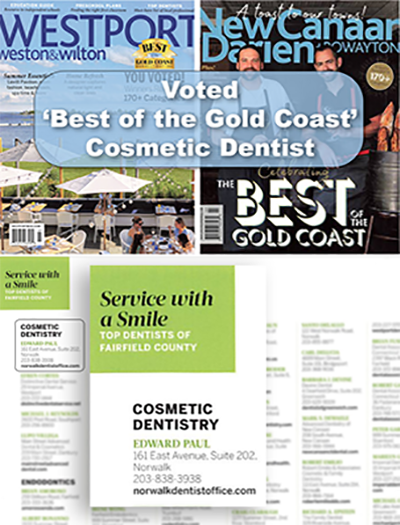Rolls Royce of mouthguard line provides maximum injury protection
 According to the U.S. Census Bureau, more than 74 million students will head back to school this fall, however, according to the National Youth Sports Safety Foundation (NYSSF), many of those students end up as part of the 15 million dental injuries and five million cases of traumatically lost teeth that occur every year.
According to the U.S. Census Bureau, more than 74 million students will head back to school this fall, however, according to the National Youth Sports Safety Foundation (NYSSF), many of those students end up as part of the 15 million dental injuries and five million cases of traumatically lost teeth that occur every year.
However, many students choose not to wear a mouthguard for a variety of reasons, according to Brian J. Kenyon, DMD, lead author of a recent report that appeared in General Dentistry , the Academy of General Dentistry ‘s (AGD) clinical, peer-reviewed journal.
For example, some mouthguards may impair breathing or speech. Not all schools and sports require the use of mouthguards for contact sports, including basketball and soccer. Also, cost may be another consideration, although mouthguards come in a variety of price ranges.
However, athletes that wear properly fitted-mouthguards will find them to be comfortable, tear-resistant and resilient, says Dr. Kenyon. In his report, twenty- two students participated in a study in which they tested the efficacy and comfort of two different types of custom-made mouthguards.
Dr. Kenyon found that the custom- made mouthguard made with double layers of plastic protection, offered double defenses and the extra layers did not reduce comfort or wearability.
High-school athletes that participate in soccer and basketball may want to consider this type of custom-made mouthguard, recommends Dr. Kenyon.
“However, the least expensive mouthguard is better than none, since most types of mouthguards help prevent injury to the mouth, teeth, lips, cheek and tongue,” says AGD spokesperson Luke Matranga, DDS, MAGD, ABGD. “They also minimize injury and decrease the severity of the injury from hits or falls that could otherwise result in a fractured jaw.”
“Remember, if you lose a single tooth, it will cost $10,000 – $20,000 dollars over your lifetime to restore that tooth,” says Dr. Kenyon, citing statistics from the NYSSF.
More than two million teeth are knocked out each year from sports- related injuries and mouthguards help prevent about 200,000 injuries high school and college athlete from sustaining injuries.
Source: American Dental Association
Mouthguard Types Explained
- Stock (Type I) – The least expensive choice and offers the least protection since little can be done to adjust the fit. Athletes are more likely to experience difficulty with breathing, speaking and gagging.
- Boil-and-bite (Type II) – Widely available at sporting goods stores, less expensive than custom-made guards, however the fit is not as good and it will not last as long.
- Custom-made (Type III) – Superior to stock and boil-and-bite and offers the best protection, fit and comfort level because it is made from a cast to fit teet

 Click or Scan Code
Click or Scan Code